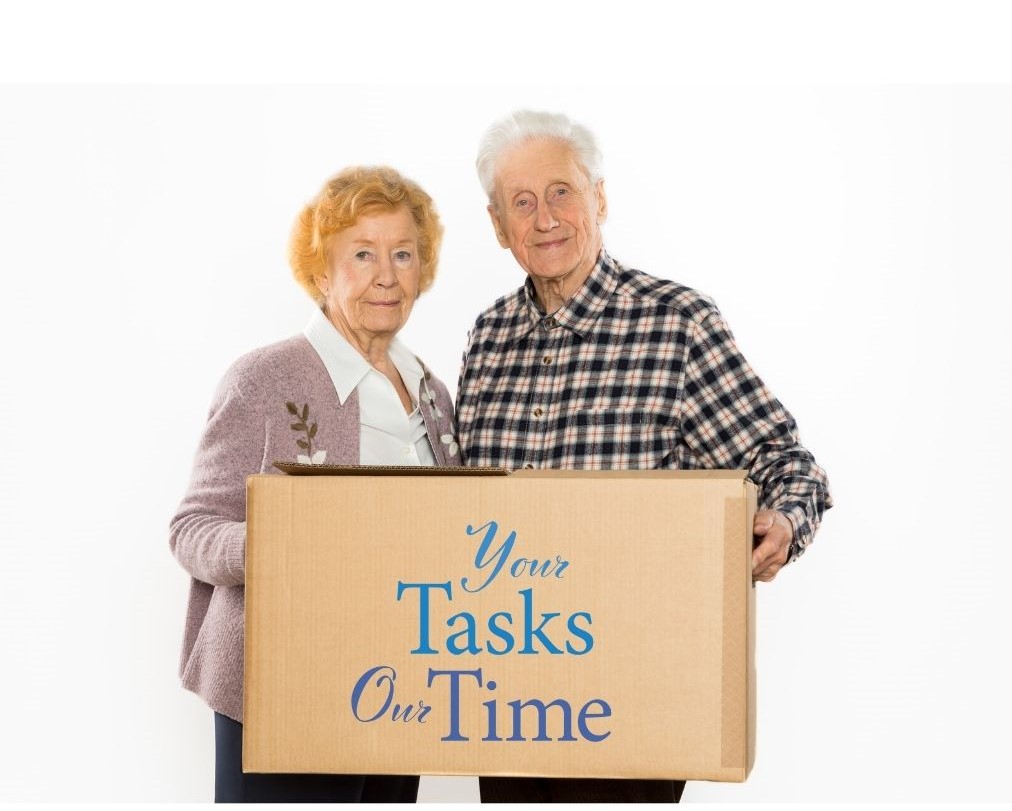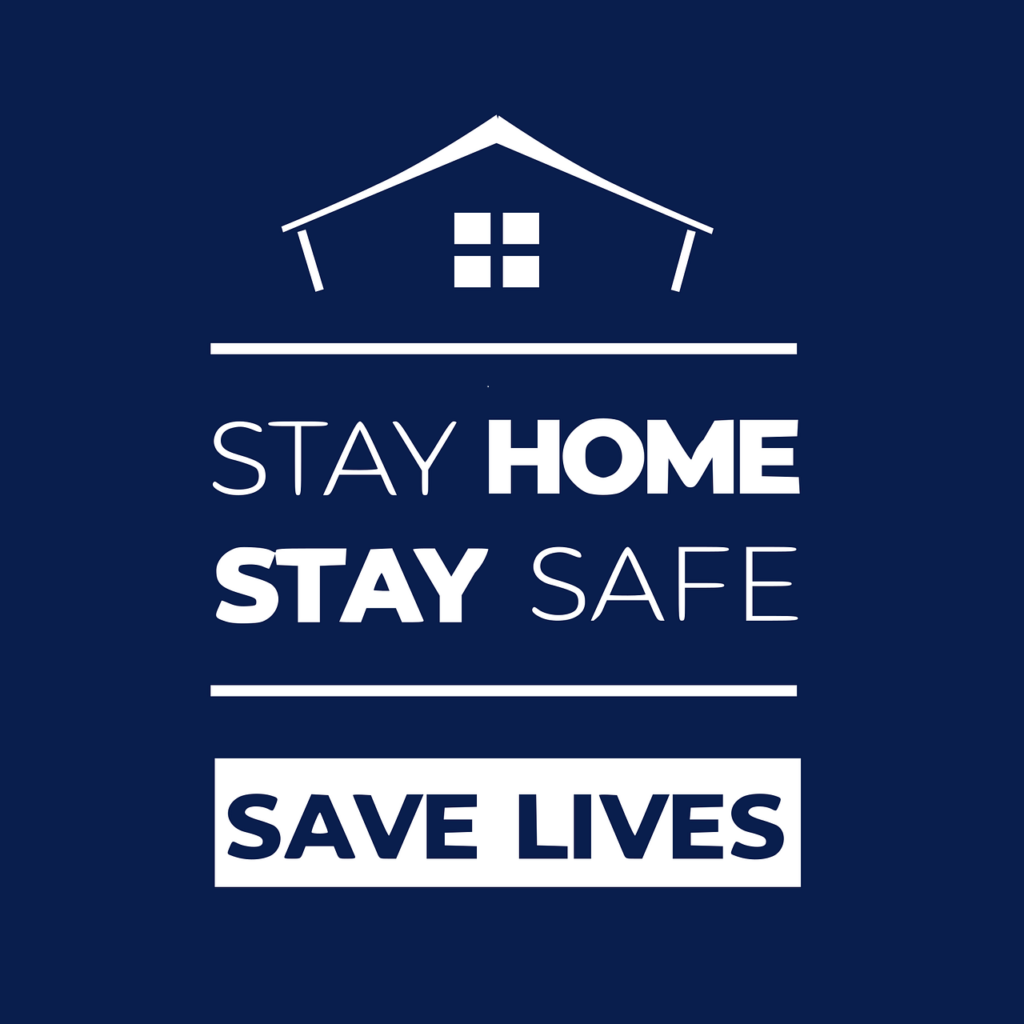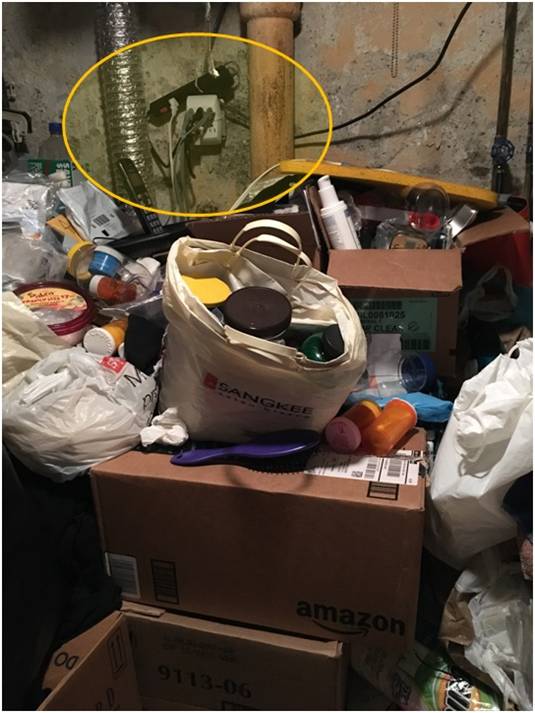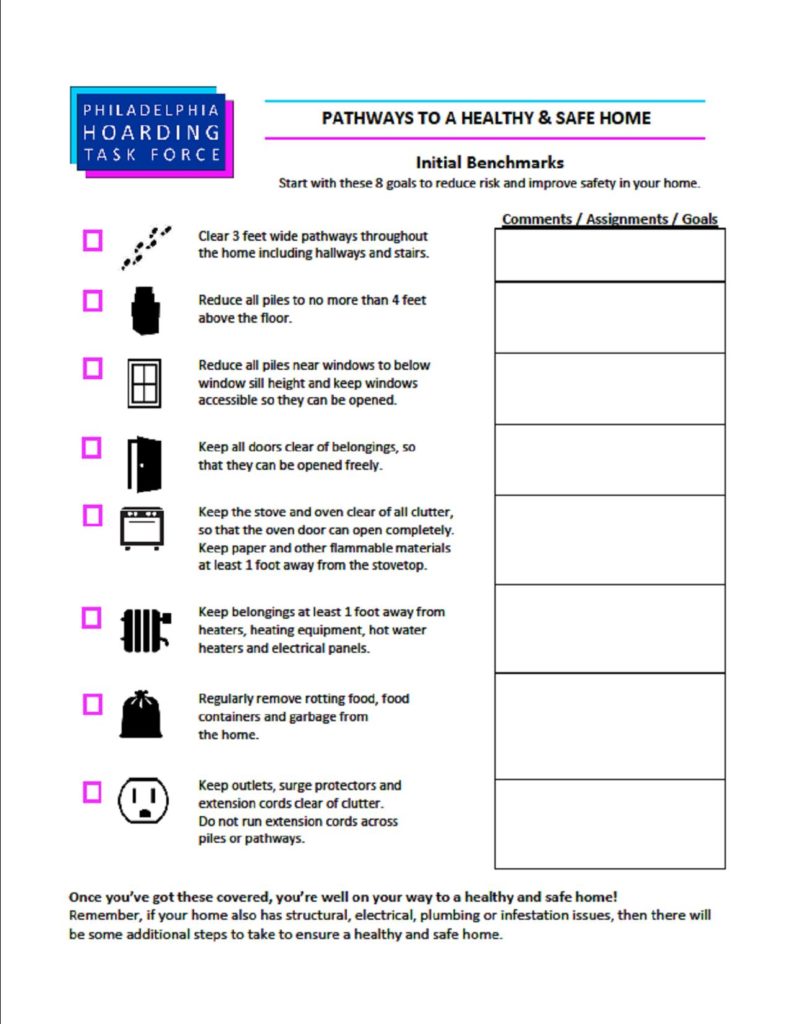By Darla Pompilio, (610) 847 5422, Your Tasks, Our Time

Do you have a parent or senior in your life that could benefit from downsizing their home but
you’re not sure how to approach the discussion? The topic of downsizing can be a difficult for
some. They may have to part with items that have memories attached. Or it may make them
feel like they are losing a piece of themselves. Below are some key aspects to ensure you have a
supportive and respectful discussion with the seniors in your life.
Before You Begin the Conversation
Before you start the conversation with your loved one, keep a few things in mind.
Be Respectful and Non-Judgmental
A Senior’s possessions represent a lifetime of memories. Dismissing their value as worthless is
equal to dismissing the senior’s value.
Don’t Lecture
Most seniors will respond well if you share your concerns and express your desire for them to
be in a safe and comfortable environment. It’s not about forcing them to get rid of things, it’s
about helping them to live their best life.
How to Begin the Conversation
How you start the conversation, and the tone you use, can impact the discussion either positively or negatively. Come from a place of support and love so they understand your desire to help them. Below is a list of questions you can use to get the conversation started.
Open-ended questions will be better to gain more information.
During the Conversation
Getting the conversation started is a step in the right direction. Keeping the conversation going in a positive direction is just as important. Remember these key points as you progress through your discussion.
Simply Listen
This is probably the most important step in the process. When seniors let go of their possessions, it often feels like a loss of control. By listening to their wants, needs and desires, you’re helping to ensure that they are maintaining control.
Ask Questions
Allowing seniors to tell stories about the past as you sort through their possessions can help ease some of the anxiety during the process of letting go.
Pick Your Battles
Arguing over every item is going to end with lots of hurt feelings and no progress. Letting go takes practice and patience. Keep reminding your loved one of the ultimate goal … for them to live their best life. It will get easier as they become more comfortable with letting go.
This process won’t be done overnight. It’s not uncommon to go through an entire home 2 to 3 times to achieve the desired goals. So be kind. Be patient. And remember, you may be in a similar situation yourself in the future.
If you only had a few hours to evacuate your home because of an emergency (health- or weather-related), could you determine and locate your essential information, documents and resources?
Hurricanes, wildfires, tornadoes and a global pandemic….to say that 2020 has been a challenging year is an understatement. National Preparedness Month is recognized each September and the theme for 2020 is apropos – “Disasters Don’t Wait. Make Your Plan Today.”
In an emergency, the last thing you should be doing is scurrying to find extra batteries, locating essential documents, and worrying if your insurance is updated. It is critical to have easy access to important documents, records, and resources in the event of an evacuation or emergency.
Thinking through the details and your priorities when you are not in the midst of a crisis is vitally important.
DOCUMENT – the information and resources you already have (for example, your health insurance information, your ‘in case of emergency’ contacts).
Tip: Store your important documents in the Cloud which affords you access no matter where you are. Alternatively, if you plan to keep your documents in a paper-format, store them in one binder/folder and consider laminating.
CONSIDER – the information and resources you may need in an emergency (for example, flood insurance, extra prescription medicine).
Tip: Prepare an emergency kit with the essentials.
ORGANIZE – the information for easy access. Having everything in just a few places, rather than scattered through the house, is a good idea.
Tip: Create a roadmap (in a physical or digital binder) that details where the information and documents are located. My Life Packet is a comprehensive life and legacy affairs organizing workbook that guides you through the process.
SHARE – your plan with your loved ones.
Tip: Establish a family communication plan.
Taking inventory of what you would need in an emergency can save you and your family time, money, and stress. Although it may feel overwhelming, organizing and taking inventory of key information will not only help you ‘weather’ a storm, it will also create peace of mind.
A recent RieOrganize! poll on Facebook came up with the following: Stay at home. Boredom. Facebook. Zoom meetings. Gratitude for front line workers. Frustration about having to wear a mask. Death. Telecommuting. Homeschooling. Social isolation.
Until recently, I knew of only a handful of friends who were dealing with COVID-19. Most were friends who live out of town or who were dealing with their friends/family members who were dealing with the virus. Yesterday, I was told that a friend is in the ICU with novel coronavirus. While we were not close friends, we did keep in touch over the 30+ years that I’ve known him and his husband.
What I realized today, however, was how much I did not know about them. For instance, who is my friend’s next of kin? My immediate answer would be, of course, his husband. But his husband died last week of a non-coronavirus-related illness. I don’t know if he has a health care directive or, if he does, who is listed as the alternate proxy because his husband just died – or where this document is located. I know that his husband took care of most of their financial, legal and daily responsibilities. I don’t know who will be responsible for all of that now and, more importantly, nor does anyone else. Everyone is scrambling to try to figure out what to do!
While this is indeed stressful and sad, I have to ask myself and you…
· How many of us or our friends or family members could find themselves in a similar situation?
· Have we taken care of our own medical, legal and financial paperwork? If we have, does anyone know where it is located or have easy access to it?
· Will you or someone you know find themselves sick or dying alone with no one who knows what you would want to happen medically or, if you should die, with your belongings?
According to our informal Facebook poll, not everything in our world today is discouraging, heartbreaking, disheartening or grim. Looking at some of the memes on Facebook or Instagram can make you smile or laugh out loud.
There is little wrong with cooking or baking too much, using Zoom or Facetime to be connected to friends, relatives and colleagues, binge watching Netflix or taking naps. There is much kindness, laughter and sharing. Neighbors are helping neighbors.
This can be a time of transformation – interpersonally, socially, economically and globally. It can be a time to focus on the people and things that are important in our lives.
And this is where we all come in to transform our world into a better place in which to live. Thinking about medical and financial preparedness is not high on most people’s lists of things they want to do, but, especially during this time, it is essential.
First, we should examine our own paperwork. How prepared are we? Then, we should take a look at our contact lists. Who do we know who may need help?
Few people want to talk about the possibility of being sick or dying. In this age of COVID-19, it is imperative that we do so and that we talk with those whom we love and help them to prepare as well.
This is something that cannot wait. Please take steps to ensure that someone will know what you want to happen if you are unable to speak for yourself.
Stay well, stay safe and stay home… and if you are one of the many who must go to work to keep us safe, healthy, fed, informed or otherwise (relatively) sane, thank you.

As autumn approaches, mice look for warm homes with food and water in which to hunker down for the winter. Don’t let one of those homes be yours! At a recent NAPO-GPC* meeting, pest expert Dr. Dion Lerman shared tips on how to prevent, eliminate and clean up after those little rodents. Here are answers to questions you might not have known you had:
Are mice a health concern?
How do the rascals get in?
Where in the house do the critters live?
How can one prevent them from coming in?
What’s the best way to get rid of mice?
What’s the best way to safely clean up after the critters?
As with most things in life, an ounce of prevention is worth a pound of cure.

There are a staggering number of people in the U.S. suffering from hoarding behavior. Individuals engage in excessive accumulating or have difficulty letting go of items, sometimes so severe that it interferes with normal activities of daily life. Rooms are no longer usable for their intended purpose, we see dining rooms cluttered with belongings not meals or tubs holding clothes not bathwater. Statistics estimate that 15 million people are dealing with this issue. In Philadelphia, the estimate is 31,000 -77,000.
A cleanout is the method most municipalities use to deal with hoarding. Reducing the volume of clutter to safer levels is thought to alleviate the problem and support the person. The reality is, without treatment and support for the individual, the rate of recidivism after a cleanout is nearly 100%. With the high cost of cleanouts and low rate of return, cities are beginning to pay attention to research findings.
Thanks to the research of doctors Frost, Steketee, Tompkin and Tolin, we are now understanding that cleanouts are “stuff-centered” and don’t address the issues buried below the surface. Simply removing clutter without addressing the underlying issues illuminates the reasons for high recidivism rates after cleanouts. This research is stimulating new intervention models. Being “people-centered” is the common theme. They each involve the person with hoarding behavior as key to the solution. Given that 92% of individuals diagnosed with Hoarding Disorder also have another co-occurring disorder, there is no one set solution.
The work is personalized and takes keen listening skills, creativity, flexibility, patience, and lots of compassion. Instead of focusing solely on the volume of clutter, a spotlight shines on the safety and well-being of the individual while working to reframe old thoughts and beliefs to reduce the dependence on acquiring and saving. There is no magic pill. Everyone involved understands this disorder has deep roots; the process takes time and relapses are as common as seen with over eating or drinking.

One of the new models is Harm Reduction (HR). Its goal is to reduce the risks associated with hoarding. Instead of talking about the “stuff” to get rid of, it asks the question, “How do we keep you safe in your home and maintain clear access for emergency staff and equipment if the need ever arises?” The (HR) process provides a support person that works with the individual identifying key health and safety concerns in the home. They also serve to document goals to alleviate the issues. From this information, they design and implement a strategy to address these issues over time.
One such organization that has adopted this (HR) model is the Philadelphia Hoarding Task Force (PHTF). The Task Force is a coalition of organizations that seek to improve outcomes for people who hoard while balancing the rights of the individual with the health and safety needs of the community. PHTF is introducing service providers to this model as a way to circumvent the costly and catastrophic consequences often seen with cleanouts and instead, create favorable long lasting results.
Consulting with its members from Licensing and Inspections and the Fire Department, PHTF has come up with 8 Benchmarks to follow to create healthier, safer homes. These benchmarks provide specific measureable goals that support, guide, and unify everyone involved. They address potential hazards regarding fire, tripping, limited access in or out of the home for the individual, emergency personnel and their equipment, avalanches, health issues and infestation. The benchmarks are as follows:
